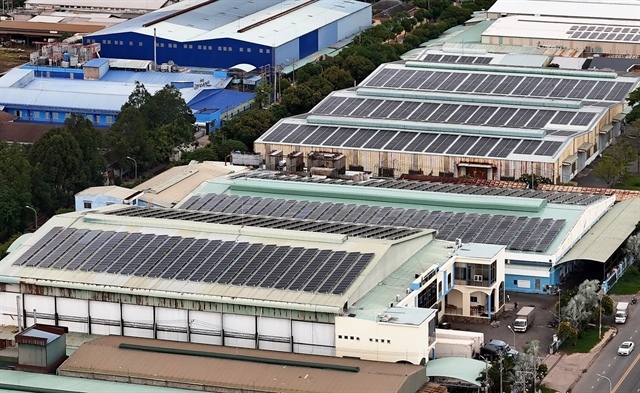Seafood exports targeted at US$10 billion
Seafood exports targeted at US$10 billion
Vietnam aims for seafood exports of US$10 billion this year, US$1 billion higher than last year, though reaching such a target will be a tall order.
A report by the Vietnam Association of Seafood Exporters and Producers (VASEP) notes that Vietnam exported US$9 billion of seafood last year, a 6% increase compared to 2017.
Explaining this year’s seafood export target of US$10 billion, VASEP said that seafood exports grew by a modest 6% last year, compared to the industry’s capacities. The industry can achieve a growth rate of 10%, and even 12% in favorable conditions, the association said.
With strengths yet to be fully tapped, and growth opportunities offered by trade agreements, Vietnam’s seafood will make use of tariff incentives to maintain growth and reach its 2019 export target, according to VASEP.
At a workshop in Can Tho City on March 1, Pham Thi To Tam of Rong Viet Securities Corporation said that the seafood industry has many opportunities to increase exports this year, provided by Vietnamese tra fish’s potential equivalence recognition by the U.S. Department of Agriculture (USDA), advantages of the U.S.-China trade war, tariff incentives offered by the EU-Vietnam free trade agreement (EVFTA) and China’s reductions of offshore fishing, among others.
However, according to Tam, the seafood industry is faced with many challenges to reach its export target.
In particular, the U.S. has continuously reviewed anti-dumping tariffs on tra fish and shrimps. Also, Vietnam’s seafood products are subject to food safety and hygiene checks, as well as the origin tracing program.
As for the EU market, given tariff advantages thanks to the EVFTA, there will be strict requirements to be followed concerning food safety and hygiene, quarantine and environment. Additionally, another major challenge concerns illegal, unreported and unregulated (IUU) fish products, for which Vietnam was issued a yellow card.
China has erected tariff and non-tariff barriers against imported seafood. This market has also invested in tra fish farming to compete with Vietnam’s tra fish.
Therefore, Vietnamese seafood firms need to overcome such challenges and adopt changes in all stages of the production of tra fish, from farming, fishing, processing, preserving to exporting, Tam said.
In addition, it is also important to increase products with added value and products with brands, as rivals of Vietnam’s seafood are also promoting fish farming and exports.




















